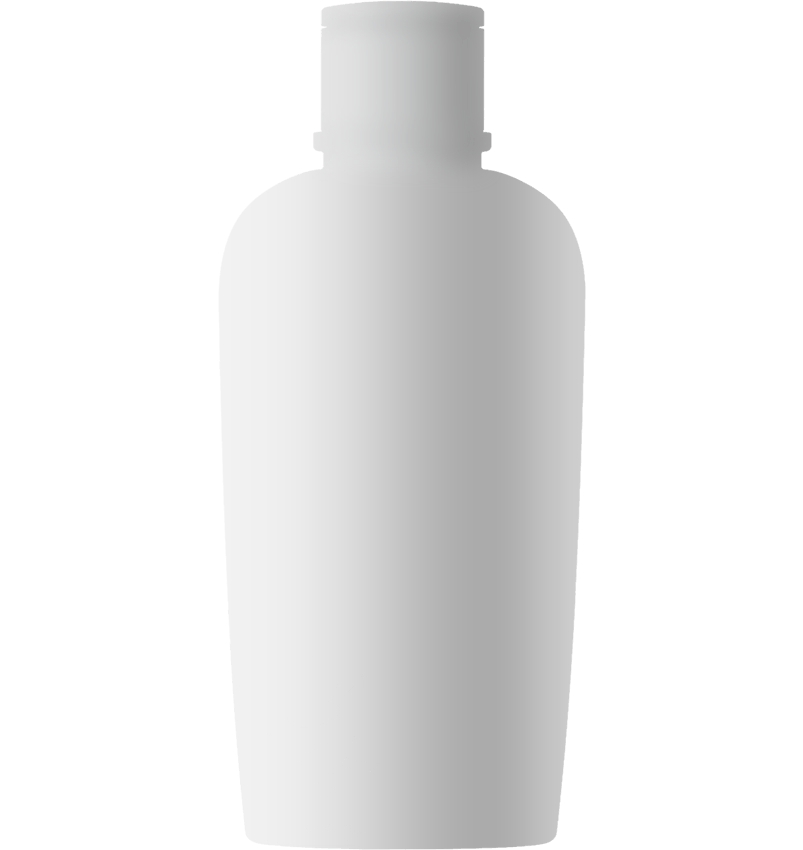Understanding Labiaplasty: Combining Aesthetic Refinement with Functional Relief
Labiaplasty is more than a cosmetic procedure—it addresses both aesthetic concerns and functional discomfort caused by enlarged or asymmetrical labia. The surgery enhances vaginal aesthetics by creating a more balanced and symmetrical appearance while reducing discomfort caused by chafing, irritation, or visibility under tight clothing.
As one of the most personalized procedures, labiaplasty is tailored to the unique anatomy and goals of each patient. This approach ensures natural-looking results and improved physical well-being, fostering a renewed sense of confidence and comfort.
Comprehensive Surgical Procedure: Labiaplasty Detailed Breakdown
Surgical Methodology:
Labiaplasty is a precision surgery performed under local anesthesia with sedation or general anesthesia. It involves reshaping and reducing the labial tissue while preserving functionality and sensitivity.




